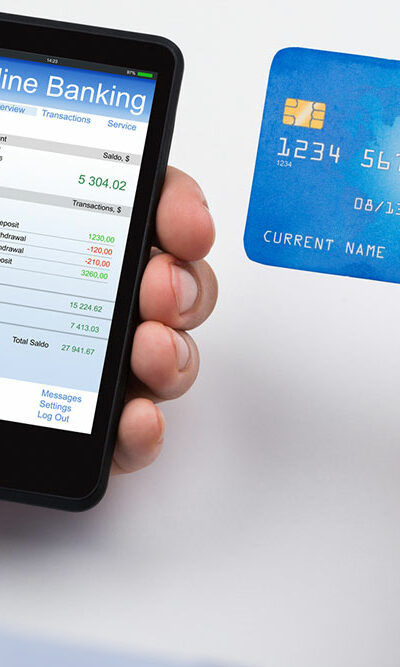
5 reasons to invest in an order management system
E-commerce platforms continue to grow, which makes it crucial for a business to meet customer demands. One may require a more sophisticated order management system (OMS) in such situations. The system functions immediately after a customer places an order, from locating and picking up the item in a warehouse to packing and shipping the product to its final destination. For businesses still unsure about venturing into this automated space, here are five reasons to get an order management system. Maintain low inventory costs A key benefit of using an order management system is that it can take control of inventory management by simplifying the process with automation. The system uses in-location stock movements by setting rules to automate what happens to orders during packing based on triggers such as the delivery option selected, weight, and value. This reduces time spent manually on such tasks, which will help keep expenses low. Centralized customer service An OMS helps centralize customer service requirements by keeping all customer and order information in one location. Therefore, users are better informed about their orders through a complete view across all sales channels and fulfillment centers to address inquiries about shipping, delivery, and cancellations. The system helps build transparency in this avenue, which customers expect and appreciate when shopping online. Automatic order processing Most orders are placed in the later hours of the evening, usually when teams are not present to process them. Here’s where an order management system could help. One could set specific orchestration rules for non-working hours. With this, one could automate various tasks, including automatically allocating an online order to the warehouse, printing labels, and processing payments. The order processing speed increases and the stock inventories are updated in real-time. Versatile system An OMS is a versatile tool that can assist a business of any size through its growth.

